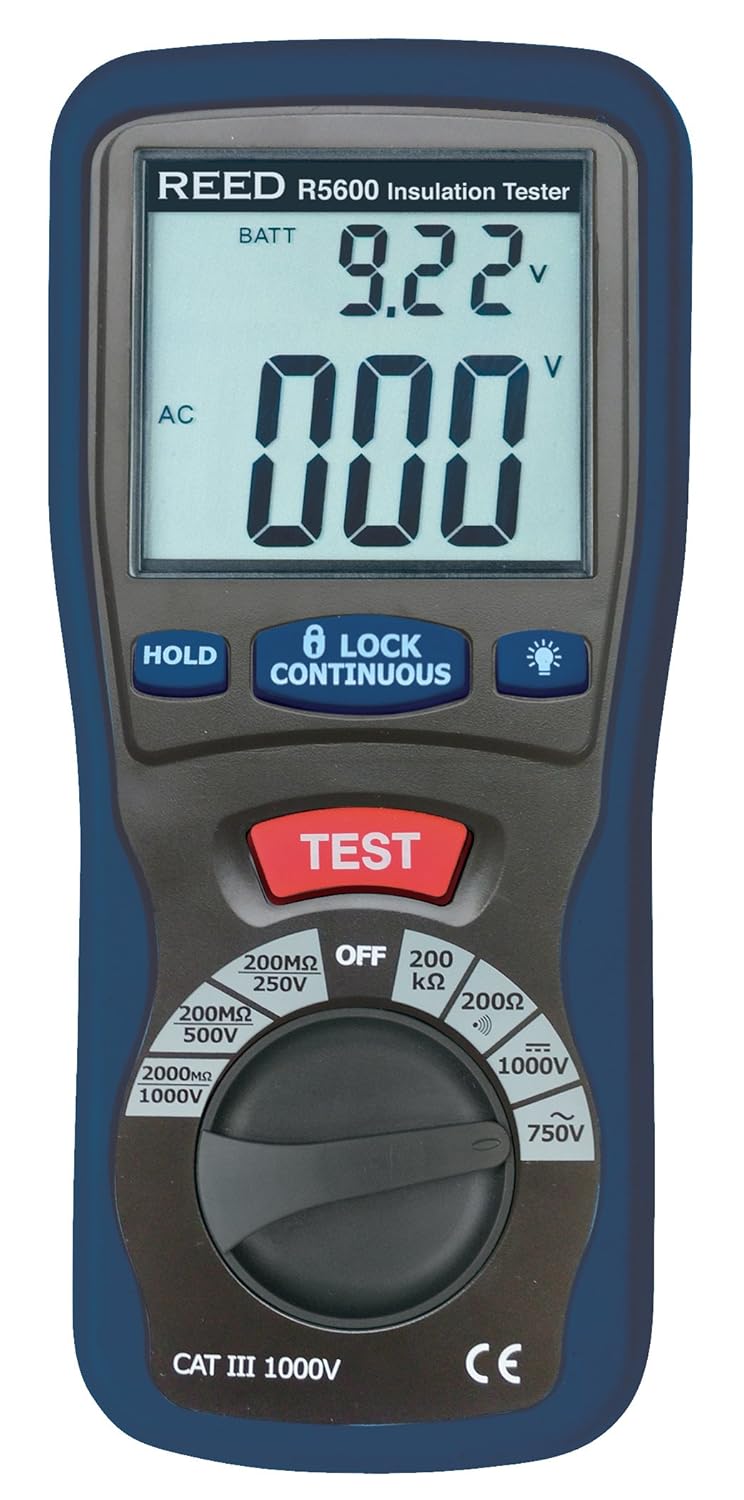Alaskan Sea-Duction
Guru
- Joined
- Jul 6, 2012
- Messages
- 8,056
- Location
- USA
- Vessel Name
- Alaskan Sea-Duction
- Vessel Make
- 1988 M/Y Camargue YachtFisher
Don't know what ELCI is? Read the article. I didn't know there is a pigtail you can buy instead of tearing your electrical system apart.
https://waggonerguide.com/shore-power-how-to-prepare-your-boat-and-avoid-elci-problems/
https://waggonerguide.com/shore-power-how-to-prepare-your-boat-and-avoid-elci-problems/




